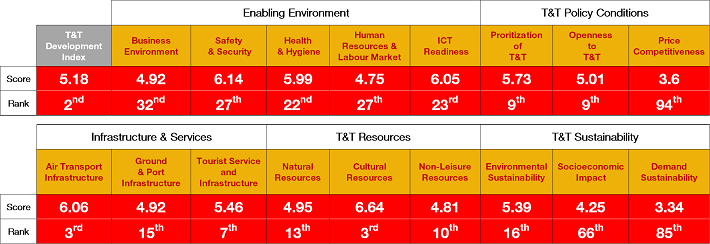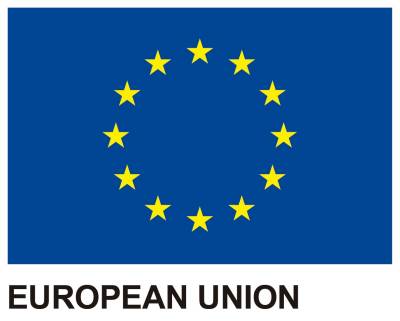Spain, a world leader in tourism
Spain leads the world in tourism. Since 2015 it has ranked in the top 3 on the World Economic Forum (WEF) podium, which awards the most competitive countries in the tourism industry from among 119 economies.
Spain 2nd /119
Travel&Tourism Development Index, 2024

Spain has broken its record in number of international visitors: thanks to the more than 93 million tourists arriving in Spain, every year it is recognized as the second most visited country in the world, after France. The United States and Italy follow.
Spain's success in the tourism industry is due especially to its rich cultural and natural attractions, but also to its exceptional infrastructures and services, tourism policy, an enabling operating environment and sustainability efforts. These are the five key points that the WEF considers essential to having a competitive advantage over other countries in tourism.
The tourism industry is an important engine of the Spanish economy and employment (2.8 million jobs). The strong public policies backing the industry, with public-private collaboration, and a clear orientation towards a sustainable and quality tourism model, ensure that about half of the tourism industry’s revenues come from international visitors (tourists spend around 186 billion euros).
Catalonia, the Canary Islands, the Balearic Islands, Andalusia and the Community of Valencia are the Spanish regions that welcome the most tourists.




















